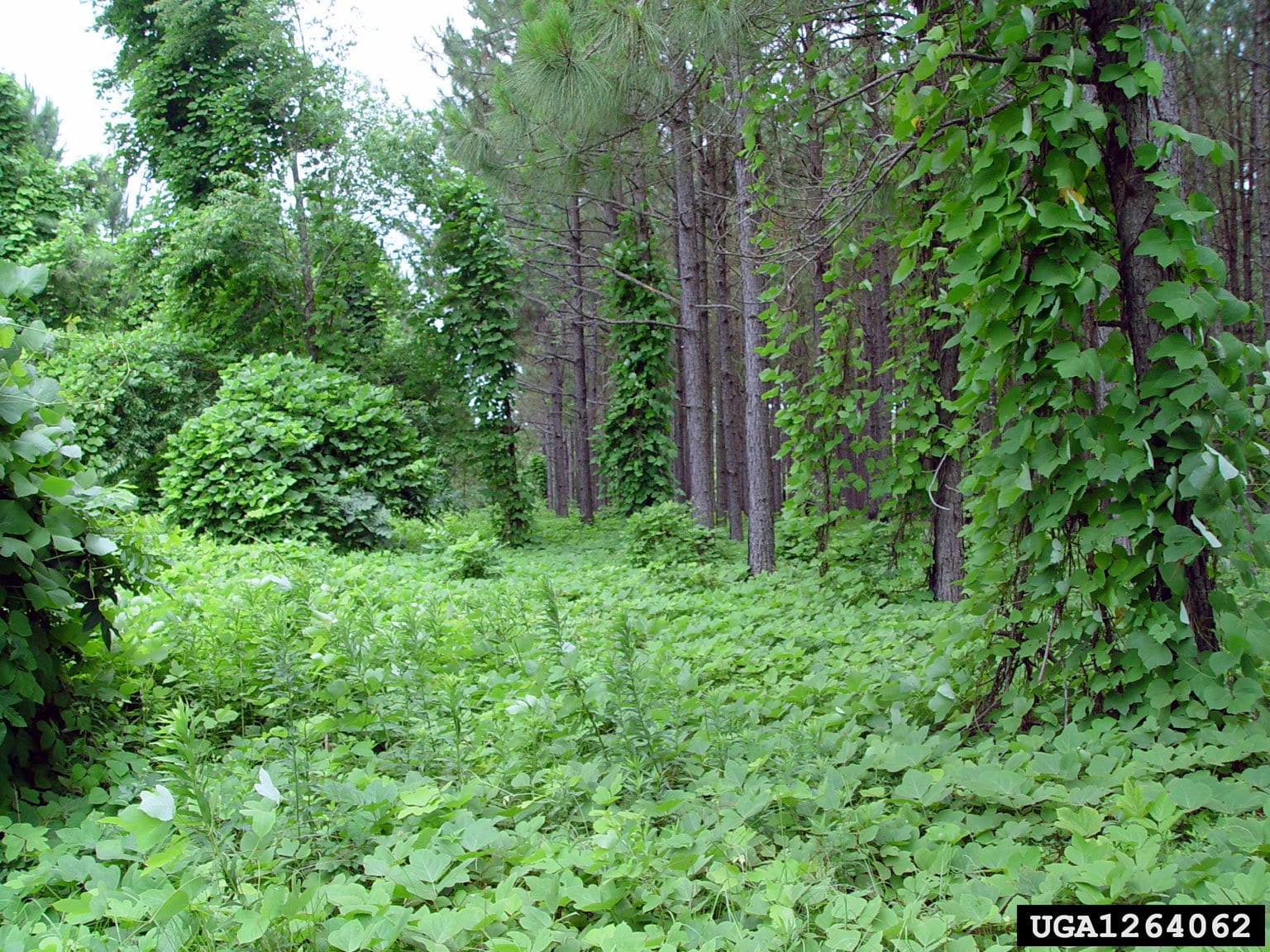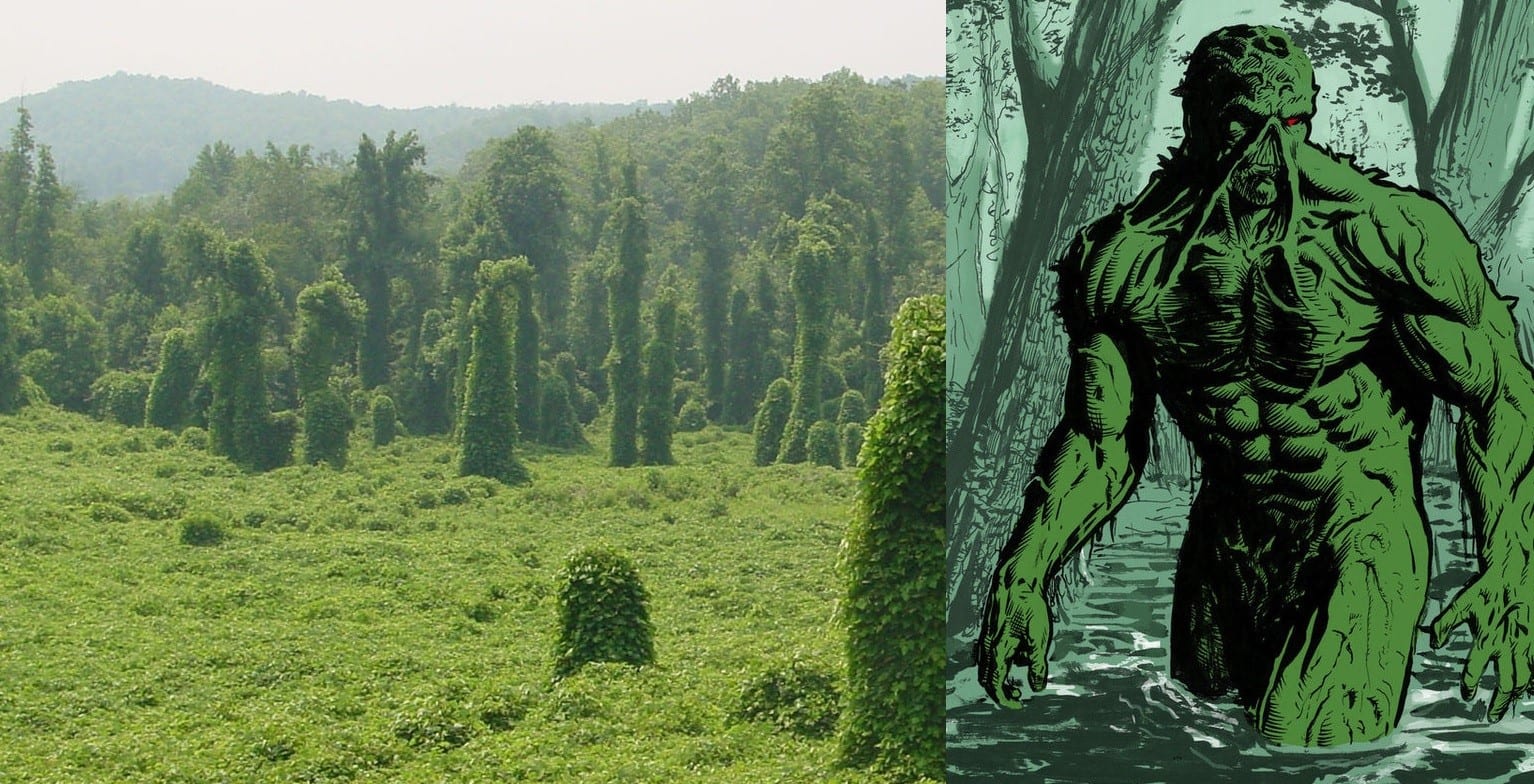The Life and Lies of Kudzu
Southerners see it everywhere: green tentacles snaking up the road signs, vines suffocating vast green meadows of trees. The infestation has become a trademark of the south: kudzu. Many Americans grow up hearing that kudzu was imported for erosion control, but the true story is more complex. For the celebration of the hundredth year since the


